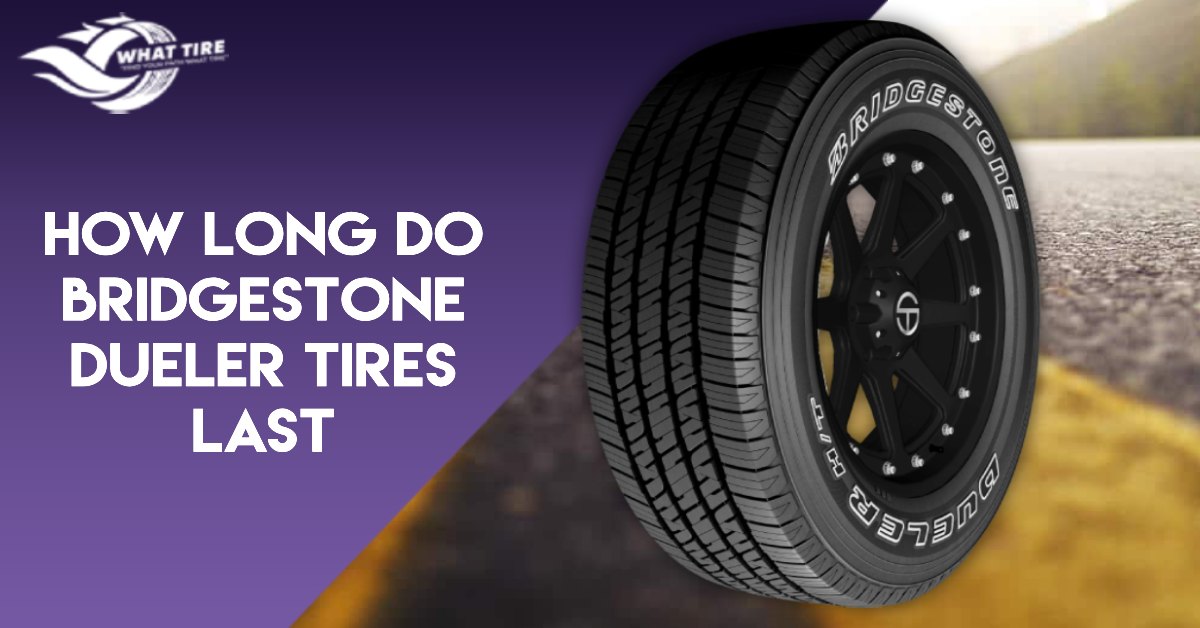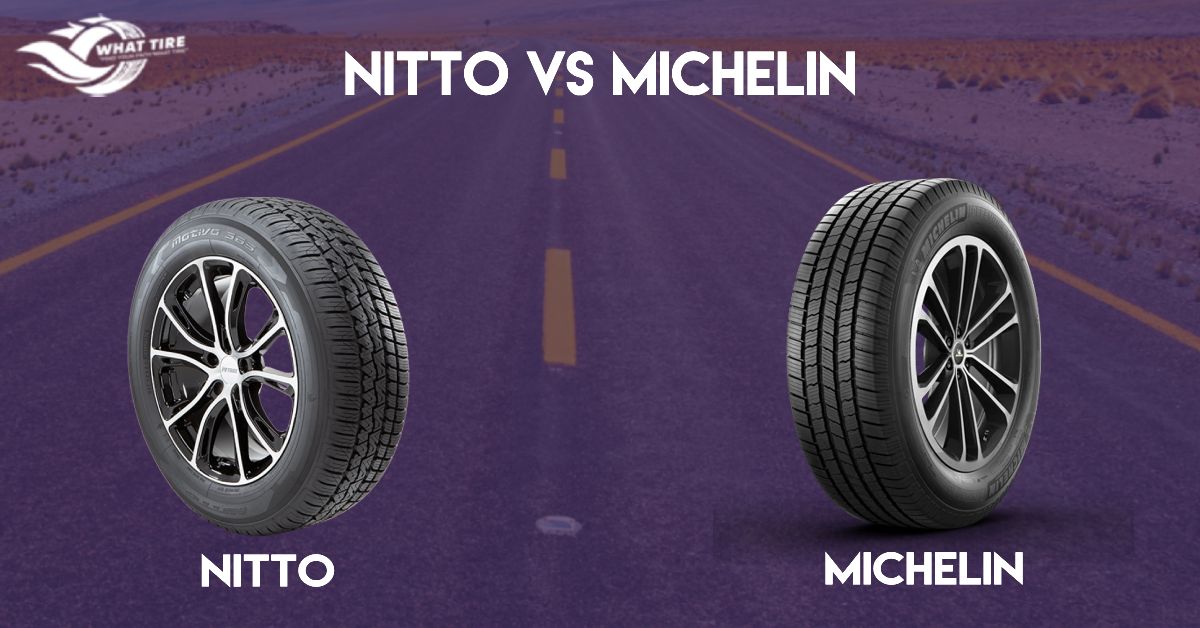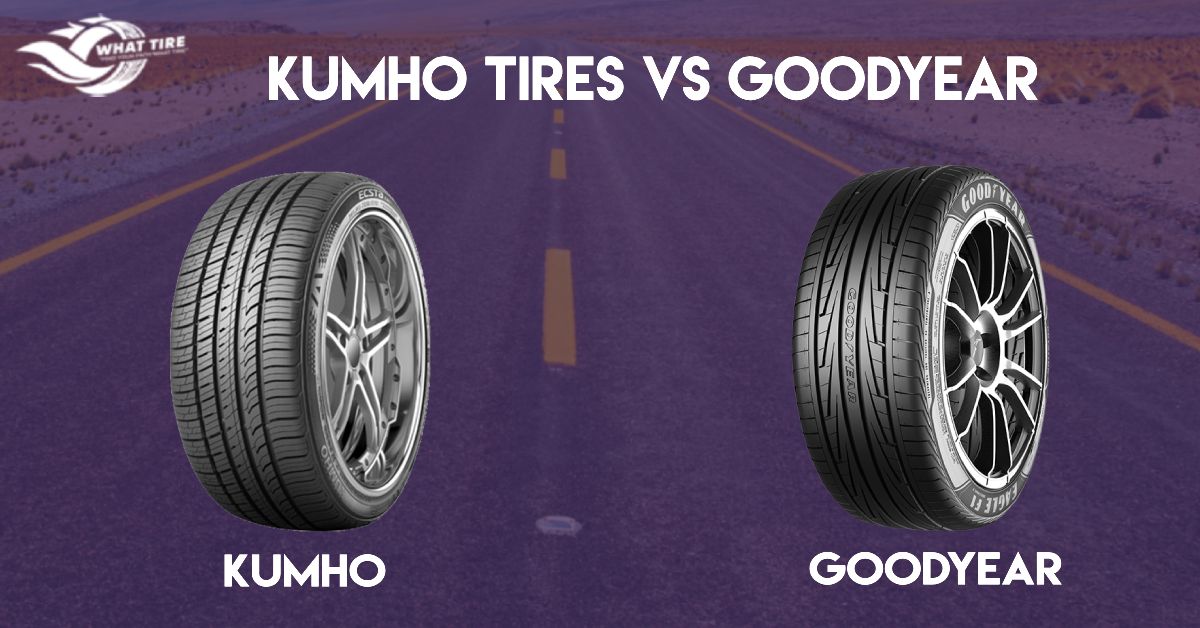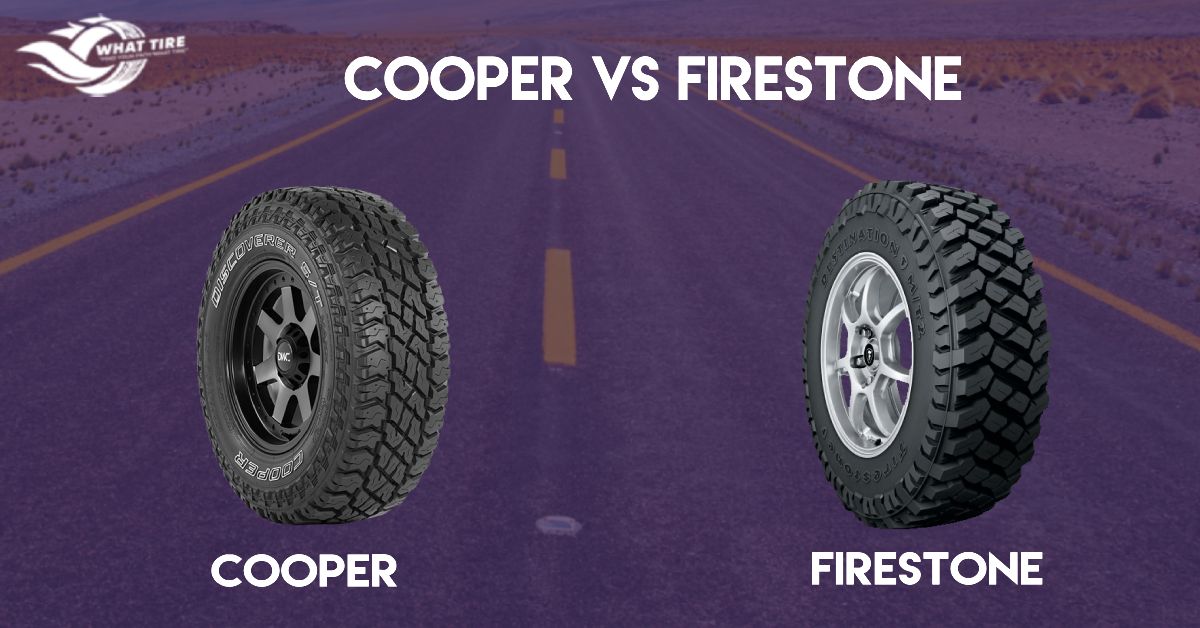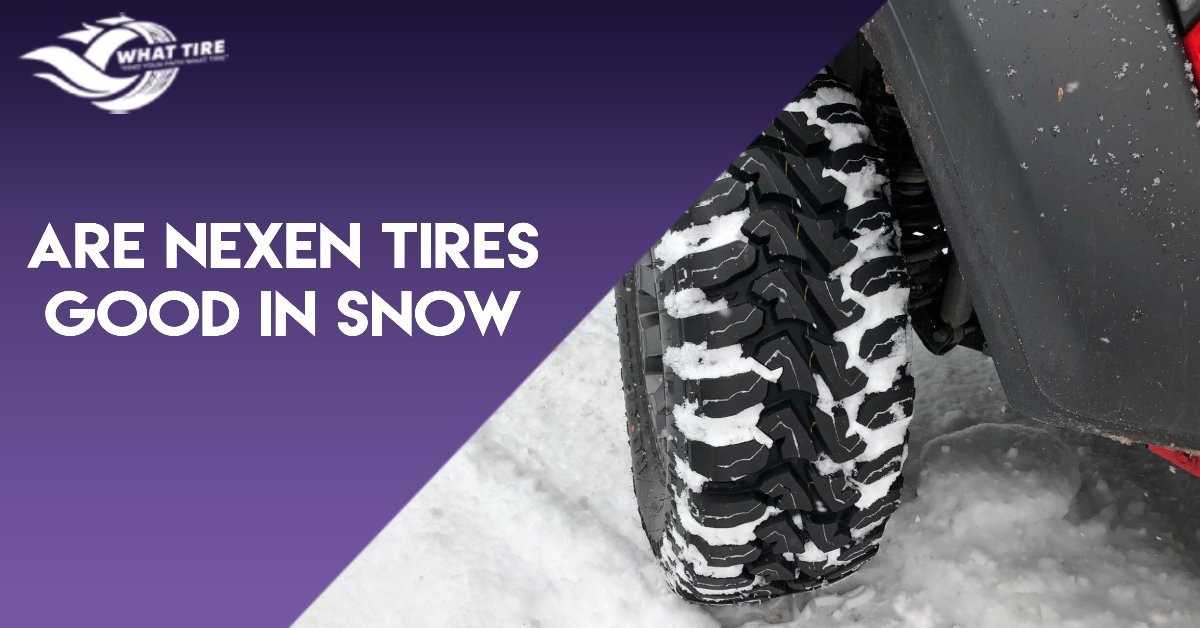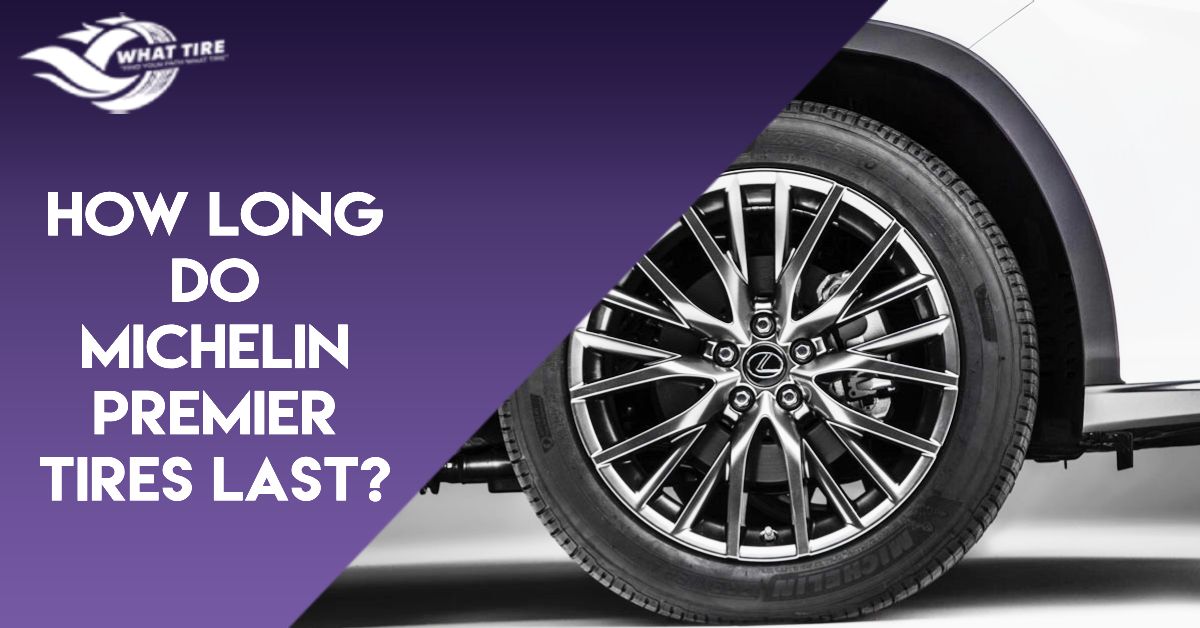Are you also concerned about your tires’ lifespan and wondering how long Michelin Premier Tires last? If yes, you’re in the absolutely right place.
Your tires are a vital component of your vehicle, affecting both safety and expenses. Today, we focus on Michelin Premier Tires and answer the essential question regarding how long do Michelin Premier Tires last.
In this guide, we’ll explore the world of Michelin Premier tires to answer this question and provide you with valuable insights on factors affecting their lifespan, signs of wear and tear, maintenance tips, and much more.
Tell us which Michelin tires you’re currently using in the comments below! Your experiences can help fellow readers make informed decisions.
Let’s start our journey to discover just how long these premier tires can go, and what you can do to maximize their lifespan.
Table of Contents
ToggleHow Many Miles Do Michelin Premier Tires Last
Michelin Premier tires typically last between 50,000 to 60,000 miles and usually last approximately 80,000 to 100,000 kilometers.
Premier tires boast impressive longevity, offering a mileage range of 50,000 to 60,000 miles on average. However, it’s important to note that several factors, such as driving habits, road conditions, and maintenance, can influence this range.
Regular maintenance and cautious driving can help you maximize the mileage you get from these high-quality tires, ensuring a safe and cost-effective driving experience.
Michelin Premier Tire Longevity Review
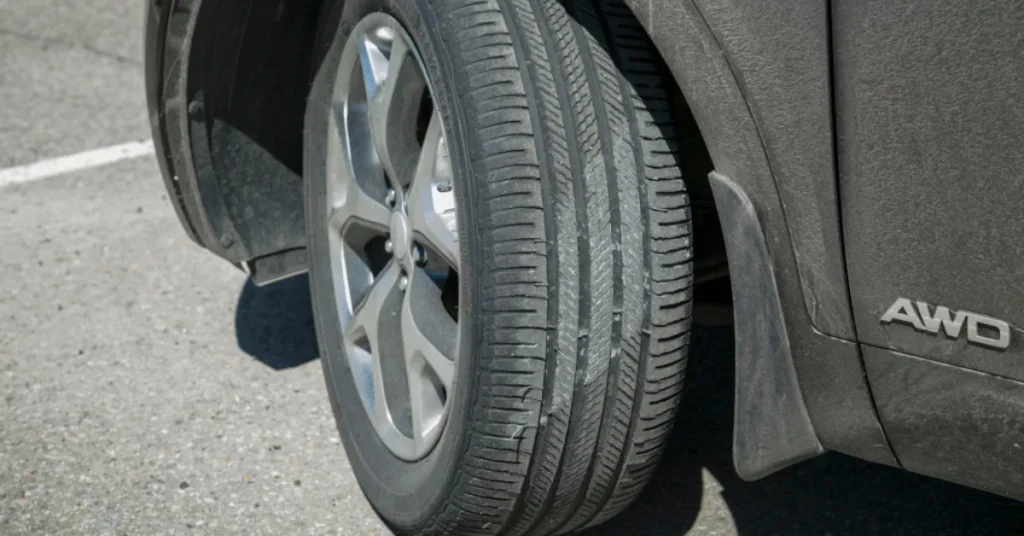
Michelin Premier tires are renowned for their exceptional durability, making them a standout choice for vehicle owners. At the core of their durability is Michelin’s tire technology prowess.
These tires feature EverGrip technology, ensuring consistent grip as the tire wears down, thus enhancing both safety and longevity.
Crafted with high-quality materials and precision engineering, Premier tires are built to withstand the rigors of daily driving. Their robust construction, advanced rubber compounds, and wear-resistant tread design contribute to their impressive durability.
Michelin’s rigorous testing and quality control processes further validate their commitment to durability. Every tire undergoes extensive testing to meet the brand’s stringent standards.
In a nutshell, Michelin Premier tires excel in durability, promising enduring performance and value.
How Many Years Do Michelin Premier Tires Last?
While the lifespan of Premier tires is often measured in mileage, it’s important to consider that time can also affect tire longevity.
On average, Michelin Premier tires can last around six to ten years, depending on various factors like driving conditions, storage, and maintenance.
However, it’s crucial to regularly inspect tires for signs of aging, such as cracking or loss of tread depth, regardless of the mileage. If you notice any concerning changes, consult with a tire professional for guidance on whether replacement is necessary.
Factors Affecting Michelin Premier Tire Lifespan
The lifespan of Premier tires can be influenced by various factors specific to these premium tires. Understanding these factors can help you optimize their durability:
1. Tire Maintenance
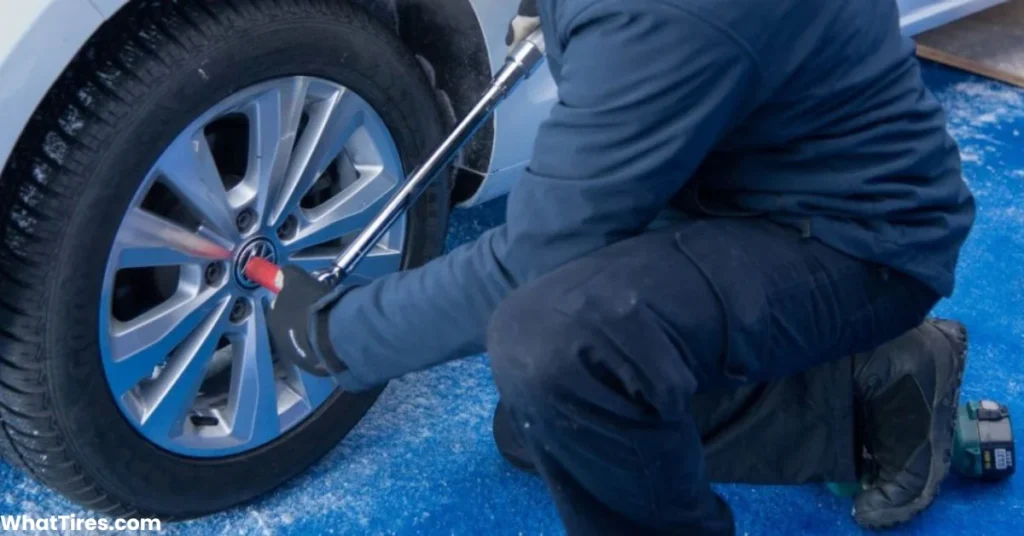
Regular maintenance is essential. Proper inflation, routine inspections, and tire rotations are crucial for extending the life of Premier tires.
2. Tread Depth
The initial tread depth of Premier tires is designed for optimal performance. As the tread wears down, grip and handling may change. Monitoring and maintaining adequate tread depth is vital.
3. Driving Habits
Aggressive driving, frequent hard braking, and rapid acceleration can accelerate tire wear. Gentle driving habits can help extend tire lifespan.
4. Road Conditions
Premier tires excel in various road conditions, but frequent exposure to rough terrain or potholes can shorten their life. Avoiding rough roads or practicing cautious driving can help.
5. Climate
Extreme heat or cold can affect tire longevity. Premier tires are designed for all-season use, but temperature extremes can still impact their lifespan. By the way, if you are a fan of Micheline, you should learn about its best all-season tires.
6. Alignment
Proper wheel alignment ensures even tire wear. Misaligned wheels can cause premature tire wear, so regular alignment checks are advisable.
7. Load Capacity
Overloading your vehicle can strain the tires, reducing their lifespan. Ensure that you adhere to the recommended load capacity guidelines for Premier tires.
By considering these factors and taking appropriate measures, you can maximize the lifespan of your Michelin Premier tires, ensuring they deliver the performance and value you expect.
Signs of Michelin Premier Tire Wear and Tear
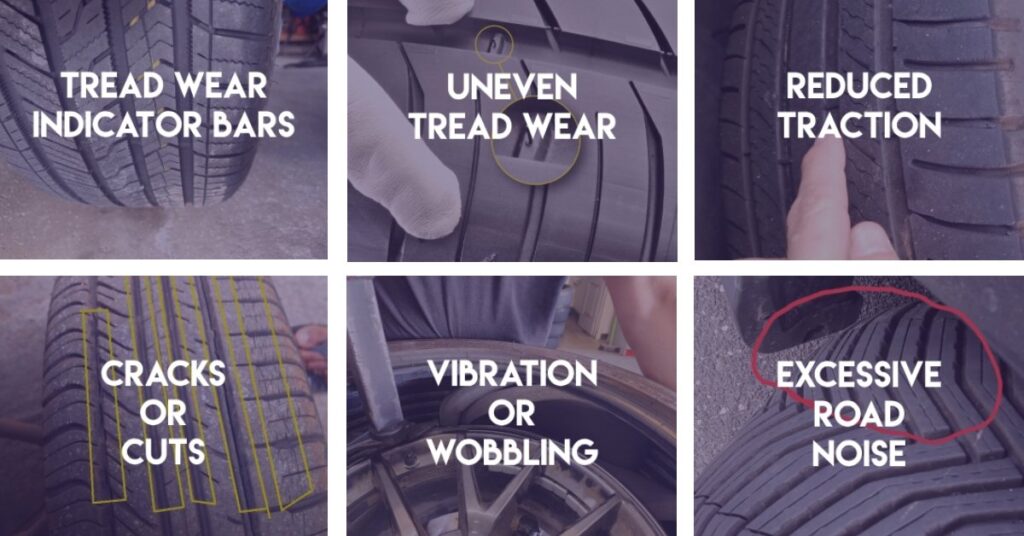
Understanding the signs of Michelin Premier tire wear and tear is paramount for safe and efficient driving. In this section, we’ll explore the visual cues that indicate your tire’s condition.
1. Tread Wear Indicator Bars
Check for the presence of these bars molded into the tire’s tread grooves. When they become flush with the tread surface, it’s a clear indication that the tread depth has reached a critical point, and the tire should be replaced.
2. Uneven Tread Wear
Premier tires are designed for even wear. If you notice one side of the tire wearing faster than the other, it could be a sign of misalignment or improper inflation.
3. Reduced Traction
As the tread wears down, you may experience reduced traction, especially on wet or slippery surfaces. If you notice a decrease in grip, it’s time to consider tire replacement.
4. Vibration or Wobbling
If your vehicle vibrates or wobbles while driving, it may indicate tire wear or damage. A balance or alignment issue could be affecting the tire’s performance.
5. Cracks or Cuts
Inspect the tire’s sidewalls for any visible cracks, cuts, or bulges. These can weaken the tire’s structure and pose a safety risk.
6. Excessive Road Noise
Unusual tire noise, such as increased road roar or humming, can signal tire wear. If you notice a significant increase in noise, it’s worth having your tires checked.
Recognizing these signs of wear and tear in your Michelin Premier tires is essential for maintaining both safety and performance.
Regular inspections and prompt action, when these signs appear, can help ensure your tires serve you well throughout their lifespan.
When to Replace Premier Tires?
Knowing when to replace your Michelin Premier tires is essential for your safety and the overall performance of your vehicle. Here are some key indicators to watch for:
1. Tread Depth
The most common method to determine tire replacement is by measuring the tread depth. Michelin recommends replacing your tires when the tread depth reaches 2/32 of an inch (1.6 millimeters) or less.
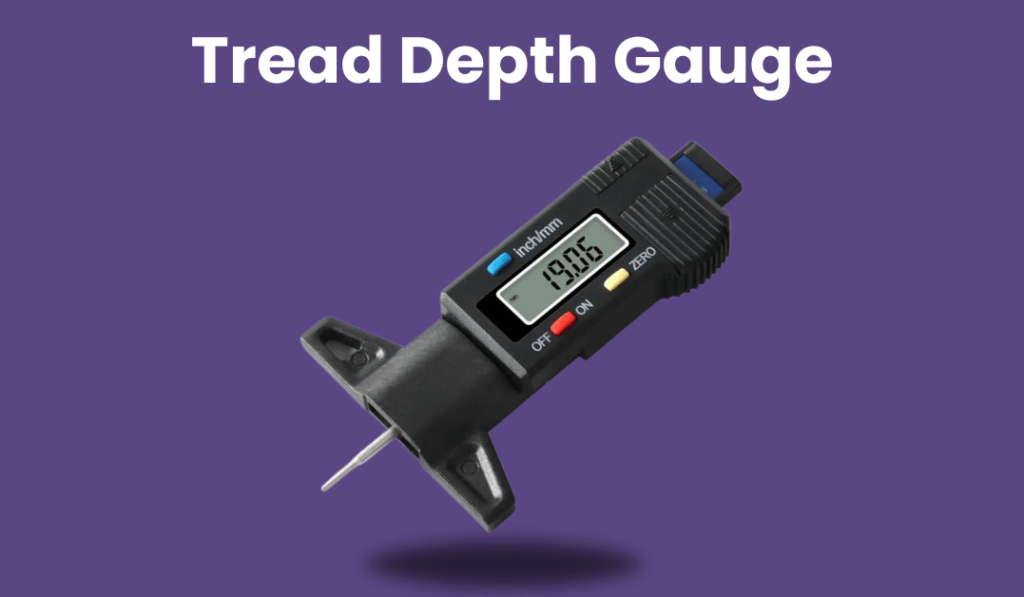
You can use a tread depth gauge or the “penny test” to check this. Insert a penny into the tread with Lincoln’s head facing down. If you can see the top of Lincoln’s head, it’s time for new tires.
2. Age
Regardless of tread wear, tires can age and degrade over time. Michelin suggests replacing tires every six years, even if they haven’t reached the tread depth limit.
This is because the rubber compounds in tires can deteriorate, affecting their performance and safety.
3. Visible Damage
Inspect your Michelin Premier tires regularly for signs of damage like cuts, cracks, punctures, or bulges. If you notice any of these issues, it’s crucial to replace the tire immediately, as they can compromise safety.
4. Performance Changes
If you experience decreased handling, increased road noise, reduced traction, or vibrations, it could be a sign that your Michelin Premier tires need replacement. These changes may indicate wear, damage, or issues with tire balance or alignment.
5. Seasonal Considerations
If you use Michelin Premier tires for specific seasons, like winter or summer, be sure to switch to the appropriate set when the seasons change. Using summer tires in winter conditions or vice versa can accelerate wear and affect performance.
6. Manufacturer Recommendations
Always follow Michelin’s recommendations and guidelines for tire replacement, as they are based on extensive testing and research to ensure your safety.
By keeping a close eye on these indicators and following Michelin’s guidelines, you can make informed decisions about when it’s time to replace your Michelin Premier tires, ensuring your vehicle continues to perform safely and efficiently on the road.
Premier Tires Maintenance Tips
Proper maintenance is key to maximizing the longevity and performance of your Michelin Premier tires. In this section, we provide valuable tips to ensure your tires stay in top condition.
- Periodically inspect your Michelin Premier tires for signs of wear, damage, or punctures.
- Maintain the recommended tire pressure to ensure even wear and optimal performance.
- Rotate your tires at regular intervals, as specified in your vehicle’s owner’s manual, to promote even tread wear.
- Get your wheels aligned as needed to prevent uneven tire wear and improve handling.
- Stay within the load capacity specified for your Michelin Premier tires to prevent premature wear.
- If storing tires for an extended period, keep them in a cool, dry place away from direct sunlight and sources of ozone, such as electric motors or furnaces, to preserve their integrity.
Conclusion
Understanding the durability, signs of wear, and maintenance tips for Michelin Premier Tires empowers you to make informed choices. Prioritizing regular maintenance and safe driving practices ensures these high-quality tires deliver both safety and value.
Michelin Premier Tires are your dependable choice for long-lasting performance and safety on the road.
FAQ’s
Yes, Michelin Premier tires are designed for all-season use, offering performance in various weather conditions.
The recommended tire pressure can vary by vehicle, so refer to your vehicle’s owner’s manual or the tire placard on the driver’s side door jamb for specific guidance
Yes, minor punctures can often be repaired by a professional tire technician. However, it’s essential to consult with a qualified technician to assess the damage.
Regular maintenance, including proper inflation, routine tire rotations, and timely alignments, can help maximize tire lifespan.
Michelin Premier tires typically come with a manufacturer’s warranty, but the specific terms and coverage may vary. Check the warranty details provided with your tires for more information.

